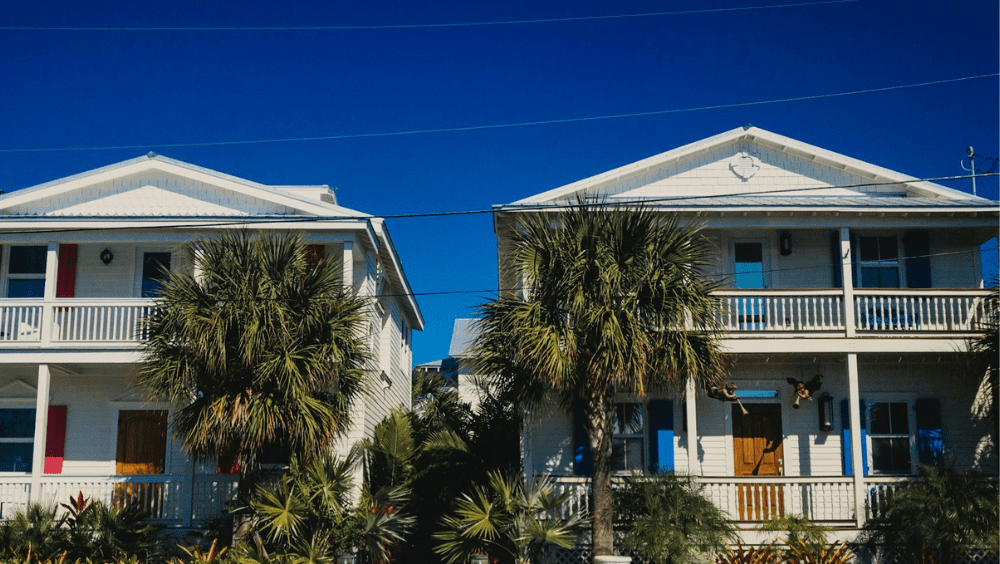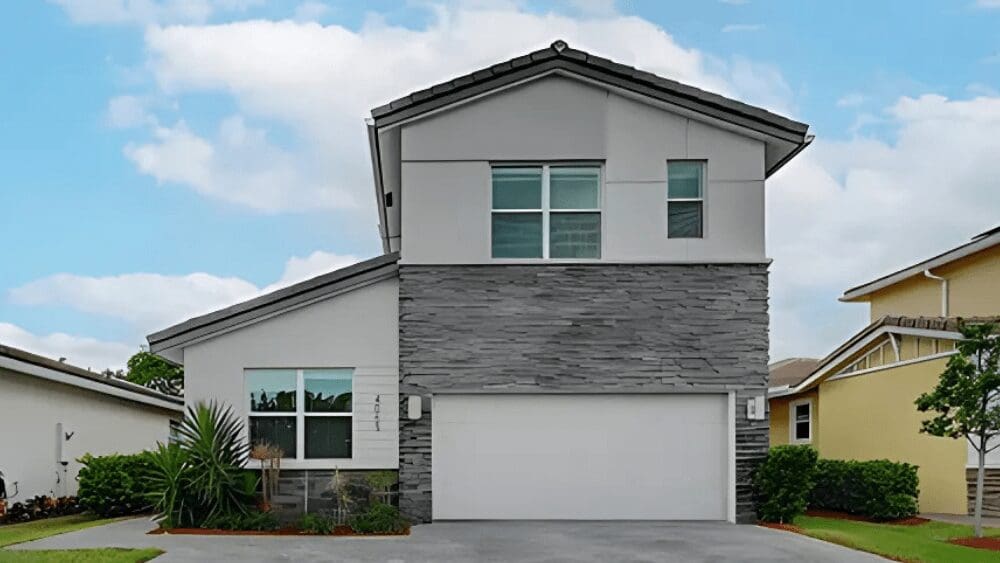
Dark, damp, dingy — three words you’d never associate with value, but would probably use to describe the very valuable space beneath your main floor: The basement. Just imagine, with some vision and ventilation, your basement can transform your three-bedroom home into a four-bedroom. …Well, just about anyways. A basement bedroom isn’t exactly apples to apples with a bedroom, but it’s still a feature dear to both buyers and appraisers. We’ll break down how a bedroom in the basement can add value to your home, along with 10 tips to increase your return on investment with insight from top Naperville, Illinois, real estate agent Michael Berg. Working with over 82% more single-family homes than the average Naperville agent, Berg has seen his fair share of basement bedrooms, including one he sees every day: His own. Absolutely. Buyers are all about usable space and are willing to spend a little extra to have more of it. According to Remodeling Magazine, a midrange basement refinish yields on average 70% ROI. Styling this finished space as a bedroom is your best bet to appeal to the most buyers possible; After all, it’s easier for buyers to understand the value of a bedroom more than a leather-clad man cave or multi-purpose catch-all. An added bedroom may function as a guest room or as a private living quarter for college-aged kids or elderly parents. Basements with walk-outs, those with a door to the yard, easily convert to Airbnb and rentals for homeowners looking for a house-hack. “It’s becoming more and more popular,” Berg comments, sharing that some Chicago homeowners are even building out walk-outs so they may function as a private entrance for tenants. “I’ve noticed that more people are going for that option, especially if they want to stay in a more expensive location, but not have super high mortgage payments.” Your local county assessor’s office determines how your basement is appraised. Generally speaking, basements are not appraised as square footage since they are below grade — under the ground that is. For instance, Fannie Mae, the go-to lender for government-sponsored financing programs, does not include your basement in total square footage. Instead, the basement’s value is accounted for separately as a line item in a section titled “Basement & Finished Rooms Below Grade.” Finished basement bedrooms usually appraise for between 50% and 70% of the above-ground value. This given value is determined by a range of factors such as the quality of the finishes, if there is a walk-out or not, and how the space stacks up to other homes in the area. Fortunately, this technicality comes with a silver lining: Adding a basement in the bedroom won’t dial up your property taxes as much as an above-grade addition. Think of a basement bedroom as a bonus: It counts as a bedroom, but is identified separately from the above-grade room count in an appraisal. Now, don’t expect to just throw a Craigslist mattress down there and call it a day. This space must meet basic living standards to earn the bedroom title, including: If your home depends on a septic tank to treat wastewater, the tank capacity needs to be large enough to support an additional bedroom in order to call it such. Whether you plan to hire-out or 100% DIY, you’ll need to pull a building permit to ensure the room is built to code. While building codes vary from region to region, they generally share the following standards: A “form of egress” is a method of escape so occupants may exit the building in case of an emergency. In addition to a door into the main home or yard, a basement bedroom must include an egress window meeting these requirements set by the International Building Code: Seven feet is the standard clearance for floor-to-ceiling height, tall enough for the average person to move around standing comfortably. In the basement, some exceptions are made if parts of the ceiling are shorter due to exposed structural beams, pipes, or mechanical systems if these elements are spaced at least 4 feet apart and hang no lower than 6 inches from the ceiling. Stairs leading into the basement must meet the current codes for height, width, clearance, and accessibility (handrails). Building Code Trainer outlines these requirements: The national electric code requires an outlet every 10 feet on any wall wider than two feet. Your occupant will thank you for this later. 27 states include building codes addressing radon, a toxic, radioactive gas that occurs naturally from uranium decay in the ground. Colorless, odorless, and inert, radon may concentrate in basements with little notice, making it the second leading cause of lung cancer behind smoking. Berg encourages homeowners to test for radon no matter where they live, sharing that gas concentration widely varies: “Where I am, literally one neighbor could have super high radon levels and the guy next door could have none. Not only is it patchy depending on where you happen to be located, but also whether or not the basement is older and has cracks. Sometimes radon can come up through the sump pit, as well.” Radon testing costs on average between $125 to $275. The average cost for radon mitigation ranges from $776 to $1,164. Word to the wise: Your basement remodel can trigger a wider building review. Most older homes are grandfathered in regards to building codes, meaning they are exempt from codes enforced after they were built; That is, until they are renovated. If you’re remodeling an older home, strap in for extra project expenses required to get your home up to code. “You don’t necessarily always get your money back dollar for dollar when you’re finishing out the basement,” Berg shares, encouraging homeowners to build with low to mid-range finishes. “I’ve been in homes where they put a hundred grand just into the basement and yeah, it’s nice, but they could have gotten away with half that and I think most buyers would’ve been happy with it.” Maximize your basement bedroom’s return on investment by using simple materials and designs, likely a notch or two down from your primary bedroom finishes. More importantly, invest in functional elements that keep the room warm and dry, protecting your remodel from nasty plumbing leaks and mold that send you back to square one. Here are our ten top tips to maximize your basement bedroom’s value:Does adding a bedroom in the basement add value?
How much does a finished basement add to appraised value?
Does a bedroom in the basement count as a real bedroom?
What does a basement bedroom need to be up to code?
Two forms of egress
Minimum 7 ft floor-to-ceiling height
Legal stairways
Adequate power outlets
Test for radon
How can I maximize the value of my basement bedroom?



